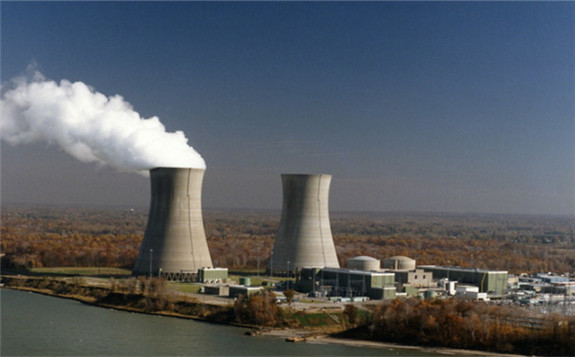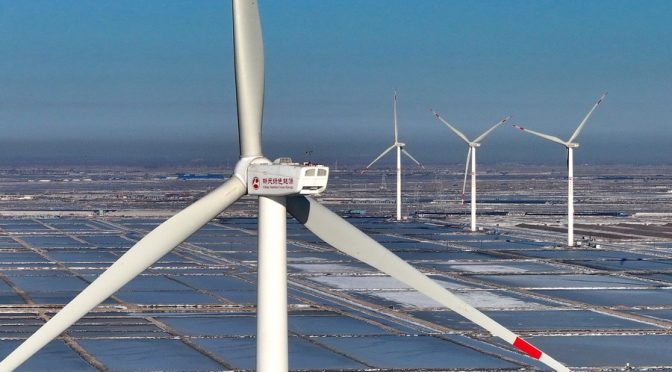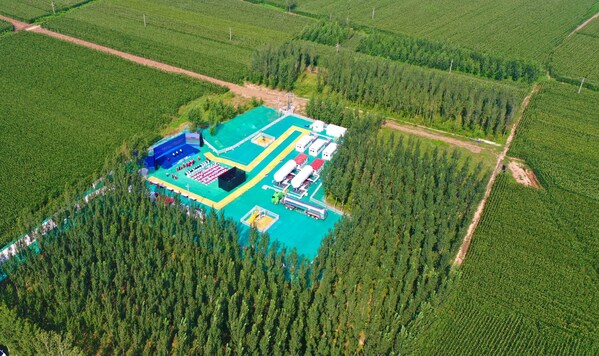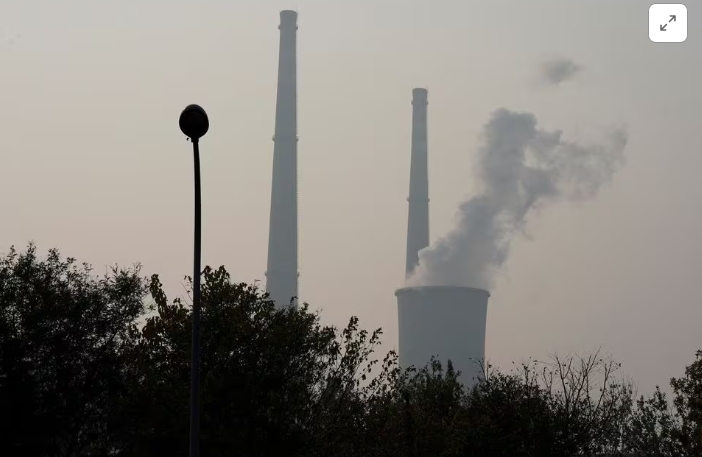US energy retailer Energy Harbor has claimed "strong demand" for its tariffs offering carbon-free electricity from nuclear power plants. Interest in and sales of 100% carbon-free retail electricity products from the company's clean, reliable nuclear fleet have increased significantly this year, it said yesterday.
 The two-unit Perry plant, pictured when it marked 30 years of operations in 2017 (Image: FirstEnergy)
The two-unit Perry plant, pictured when it marked 30 years of operations in 2017 (Image: FirstEnergy)
The company offers a range of energy tariffs to business and residential customers in the US states of Illinois, Maryland, New Jersey, Ohio and Pennsylvania. Its carbon-free options are tracked and delivered through Emission-Free Energy Certificates (EFECs).
Senior Vice President of Sales David Leone said Energy Harbor's clean energy products had attracted interest from a range of commercial and industrial industry sectors including data processing, auto, steel, plastics, food processing, secondary and higher education, municipalities and others, with the company seeing a shift in carbon-free demand as customers strive to achieve their ESG (environment, social and governance) goals. "In addition to our ever-growing commercial and industrial carbon-free customer base, we are also serving nearly 100,000 individual residential customers with 100 percent carbon-free power, eliminating over a half a million tons of carbon dioxide from the environment annually," he added.
Energy Harbor sources its power from the Beaver Valley plant in Pennsylvania and the Davis-Besse and Perry nuclear power plants in Ohio, with a total generating capacity of around 3950 MWe. These "produce nearly 30 million EFECs annually" for "climate conscious" customers including 100,000 homes, according to company statements. Planned closures of units at the Davis-Besse and Perry plants were rescinded in 2019 and Beaver Valley in 2020 after state-level action to support zero-emission generation.
The company also uses the WH Sammis and Pleasants coal-fired power plants in Ohio and West Virginia respectively, with a total capacity of 3500 MWe, and these support other tariffs. Overall Energy Harbor says its electricity is "nearly 90% carbon free", pointing to the relatively low capacity factor of those plants.







